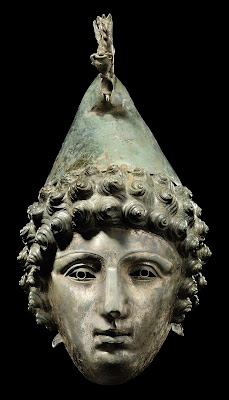Sardis was an ancient city best known as the capital of the Lydian Empire. After the fall of the Lydian Empire, it became the capital of the Persian satrapy of Lydia and later a major center of Hellenistic and Byzantine culture.
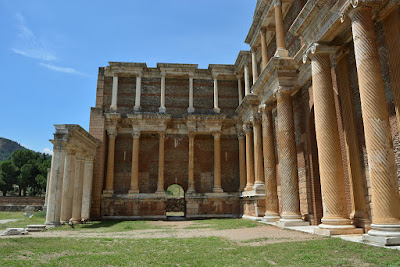 | Croesus, King of Lydia, ruled from 561 to 547 BCE. His wealth was built on gold from the waters of the Pactolus River, which flowed through the capital, Sardis. The Lydians were the first to mint coins of pure gold and silver. |  |
Sardis was conquered by Cyrus the Great around 547 BC. After the Battle of Pteria and Battle of Thymbra, the Persians followed the retreating army back to Sardis and sacked it after a brief siege. After the destruction, Sardis was rebuilt and continued to be an important and prosperous city.
 | Little of Persian Sardis is in the archaeological record. Sardis was covered over by waves of succeeding generations of invaders, the Greeks, the Romans, and the Byzantines. | 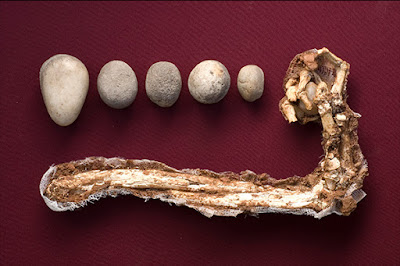
Arm of a soldier, killed in the battle between Croesus and Cyrus. He died clutching a slingstone in his hand. |

In 334 BC, Sardis was conquered by Alexander the Great. The city was surrendered without a fight. |  |
 |  | In 129 BC, Sardis passed to the Romans, under whom it continued its prosperity and political importance as part of the province of Asia. |
 | Sardis began to decline in the 600s AD. It remained part of the Byzantine Empire until 1078 AD. By the 1700s, only two small hamlets existed at the site. |  |
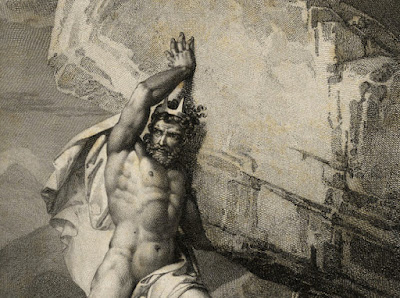
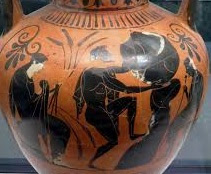











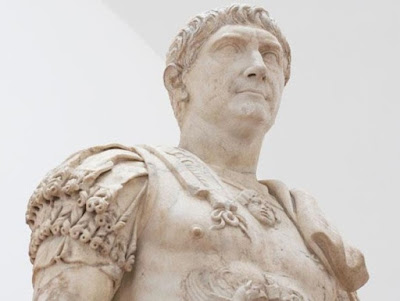
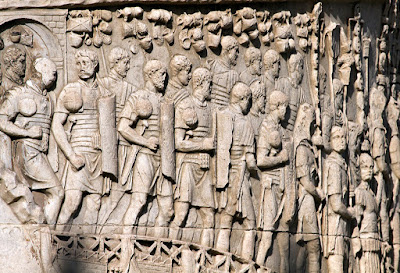 Trajan's uniformed army, frieze on Trajan's Column.
Trajan's uniformed army, frieze on Trajan's Column.









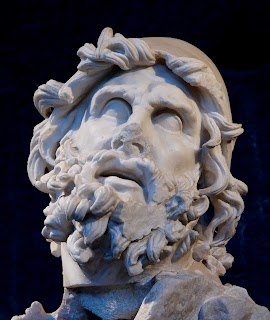




















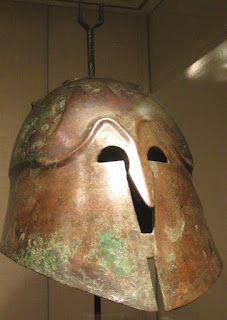





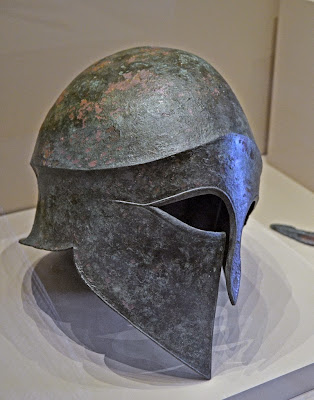
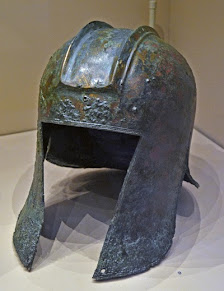


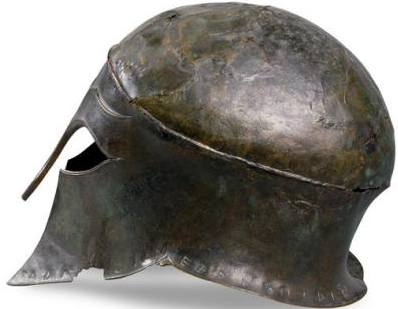

















 A Greek Illyrian helmet. circa 550-500 B.C. $27,500
A Greek Illyrian helmet. circa 550-500 B.C. $27,500 


